Animal Migration
Introduction
Animal migration is a widespread phenomenon that occurs in all major animal groups, including birds, mammals, fish, reptiles, amphibians, insects, and crustaceans 1. The trigger for migration can be local climate, local availability of food, the season of the year or for mating reasons. To be counted as a true migration, and not just a local dispersal, the movement of the animals should be an annual or seasonal occurrence, or a major habitat change as part of their life, such as young Atlantic Puffins migrating from their birthplace out to open ocean until they mature 2.
Types of Animal Migration
There are different types of animal migration, including seasonal, reproductive, and nomadic migration 3.

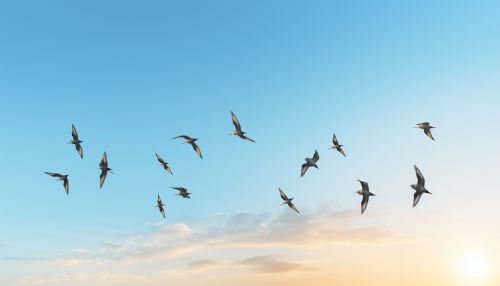
Seasonal Migration
Seasonal migration is a round trip movement that animals make from one place to another at different times of the year. The most common reason for this type of migration is the change in temperature and availability of food as the seasons change. For example, many bird species migrate from high latitudes to the tropics during the winter to access food resources that are not available in their breeding territories 4.
Reproductive Migration
Reproductive migration happens when animals move from their home habitats to a different habitat for the purpose of breeding. This type of migration is often associated with aquatic animals like salmon and eels, which hatch in freshwater rivers, migrate to the sea to grow and mature, and then return to the rivers to spawn 56.
Nomadic Migration
Nomadic migration is not seasonally or geographically predictable, but occurs in response to changes in food or water availability. Many desert and tundra animals, like the Bactrian camel and the Arctic tern, are nomadic, moving unpredictably from place to place 78.
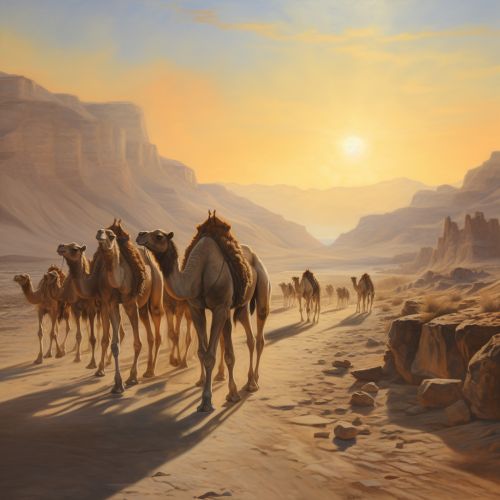
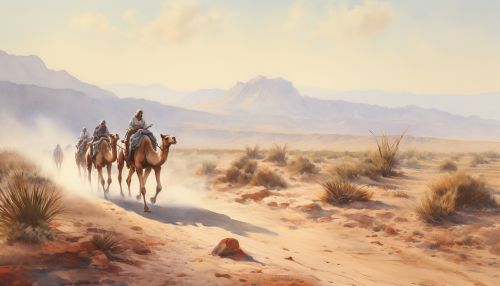
Mechanisms of Animal Migration
Animals use various mechanisms to navigate during migration, including the sun, stars, the Earth's magnetic field, and their sense of smell. Some animals, like sea turtles and salmon, are able to navigate using an innate sense of geomagnetism 910. Birds, on the other hand, use a combination of different cues, including the sun, stars, landmarks, and the Earth's magnetic field to navigate during their long-distance migrations 11.
Impact of Migration on Ecosystems
Animal migration plays a crucial role in ecosystems as it influences the distribution of animal populations and the dynamics of predator-prey relationships. Migratory species also act as vectors for nutrients and energy transfer, and can influence the structure and function of the ecosystems they inhabit 12.
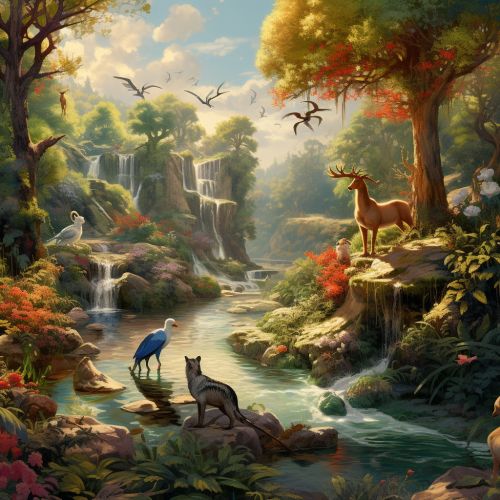
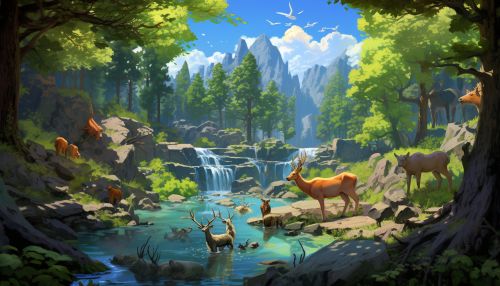
Threats to Animal Migration
Animal migration is threatened by various factors, including habitat loss and fragmentation, climate change, overexploitation, pollution, and invasive species. These threats can lead to declines in migratory species, disrupt migration routes, and have cascading effects on ecosystems 131415.
Conservation of Migratory Species
Conservation efforts for migratory species often involve the protection of multiple habitats and international cooperation. This can include the establishment of protected areas, the enforcement of hunting regulations, and the implementation of conservation agreements between countries 16.
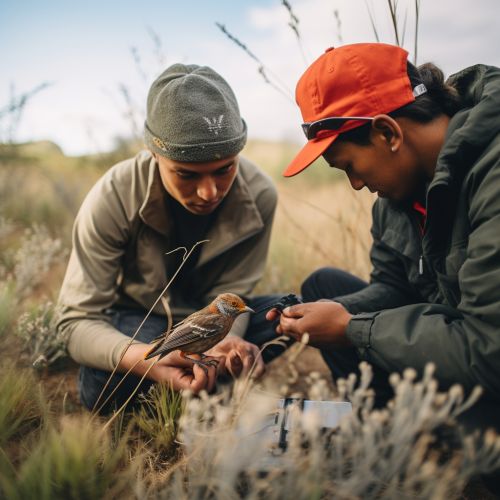
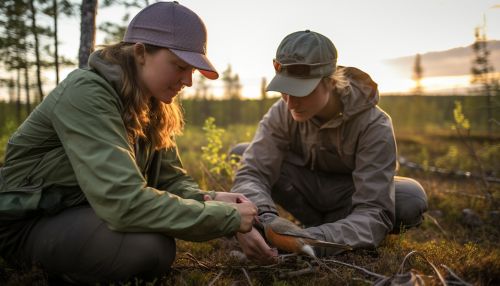
See Also
References
- https://www.britannica.com/science/migration-animal
- https://www.audubon.org/field-guide/bird/atlantic-puffin
- https://www.nationalgeographic.org/encyclopedia/migration/
- https://www.britannica.com/science/bird-migration
- https://www.nationalgeographic.com/animals/fish/group/salmon/
- https://www.fisheries.noaa.gov/species/american-eel
- https://www.nationalgeographic.com/animals/mammals/facts/bactrian-camel
- https://www.audubon.org/field-guide/bird/arctic-tern
- https://www.nationalgeographic.com/animals/reptiles/group/sea-turtles/
- https://www.nationalgeographic.com/animals/fish/group/salmon/
- https://www.britannica.com/science/bird-migration
- https://www.nationalgeographic.org/encyclopedia/ecosystem/
- https://www.nationalgeographic.com/environment/global-warming/global-warming-overview/
- https://www.nationalgeographic.org/encyclopedia/habitat-loss/
- https://www.nationalgeographic.org/encyclopedia/invasive-species/
- https://www.britannica.com/science/conservation-ecology
